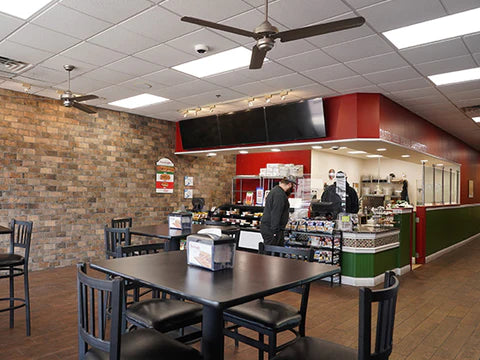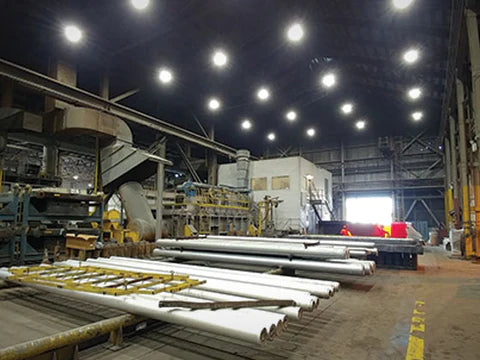Maximizing Energy Efficiency: Tips for Using Smart Controls with Your LED Wall Pack Lights
Energy efficiency has become a necessity, and many businesses are seeking sustainable solutions to reduce their electricity consumption. Since outdoor lighting accounts for a significant portion of energy usage, making the switch to LED wall pack lights is a sensible step towards energy conservation. However, taking it a step further by incorporating smart controls can amplify the benefits of these energy-efficient lighting fixtures. So, let's delve into how integrating smart controls on your commercial property can maximize savings.
Leveraging Smart Controls
While LED wall pack lights are inherently energy-efficient, integrating smart controls can further enhance their performance and energy-saving capabilities. Smart controls offer a range of functionalities that enable users to optimize their lighting systems based on specific requirements and conditions. Here are some key tips for utilizing smart controls with wall pack lights to maximize energy efficiency:
Photocells for Light Sensing Adjustments
Photocells allow for precise light sensing, enabling fixtures to automatically adjust their illumination levels based on ambient lighting conditions. These light sensors detect natural light levels, prompting the LED wall pack lights to activate, dim, or deactivate accordingly. By leveraging photocells, businesses can optimal energy usage throughout the day. This feature not only enhances energy efficiency but also promotes a balanced approach to lighting, minimizing unnecessary light pollution.
Motion Sensors for On-Demand Illumination
Integrating motion sensors with wall pack lighting ensures that they only activate when necessary. By detecting movement in the vicinity, motion sensors can prompt the lights to switch on, providing illumination when required and conserving energy when not in use. This feature is particularly valuable for areas with fluctuating foot traffic, such as parking lots or pathways, where maintaining constant illumination might not be necessary throughout the night.
Dimming Capabilities for Adaptive Lighting
Smart dimming controls allow users to adjust the brightness of LED wall pack lights based on specific needs. By dimming the lights during off-peak hours or when natural light is sufficient, energy consumption can be significantly reduced without compromising safety or visibility. Implementing dimming capabilities not only conserves energy but also extends the lifespan of the LED fixtures, contributing to long-term cost savings.
Time Scheduling for Efficient Operation
Utilizing time scheduling features enables users to program wall pack lights to operate at specific times of the day. By aligning lighting operations with peak hours and automatically switching off during periods of low activity, energy usage can be optimized without manual intervention. This automated scheduling also enhances security by ensuring consistent lighting during critical hours while minimizing unnecessary energy expenditure during non-peak times.
Integration with Renewable Energy Sources
Powering LED lights with renewable energy sources, such as solar panels or wind turbines, can establish a very sustainable and eco-friendly lighting solution. Smart controls can facilitate seamless integration with renewable energy systems, allowing users to leverage clean energy to power their lighting infrastructure. This integration not only reduces reliance on conventional power sources but also contributes to environmental conservation and could even be part of a net zero building plan.
Getting Efficient Lighting with Smart Controls on Your Property
Incorporating these tips into the implementation of LED wall pack lights with smart controls can pave the way for a more efficient, intelligent, and eco-conscious approach to outdoor lighting. If you are ready to get started with a more sustainable lighting system, contact our team by calling, texting, or emailing us at the info listed below.

 215.355.7200
215.355.7200




